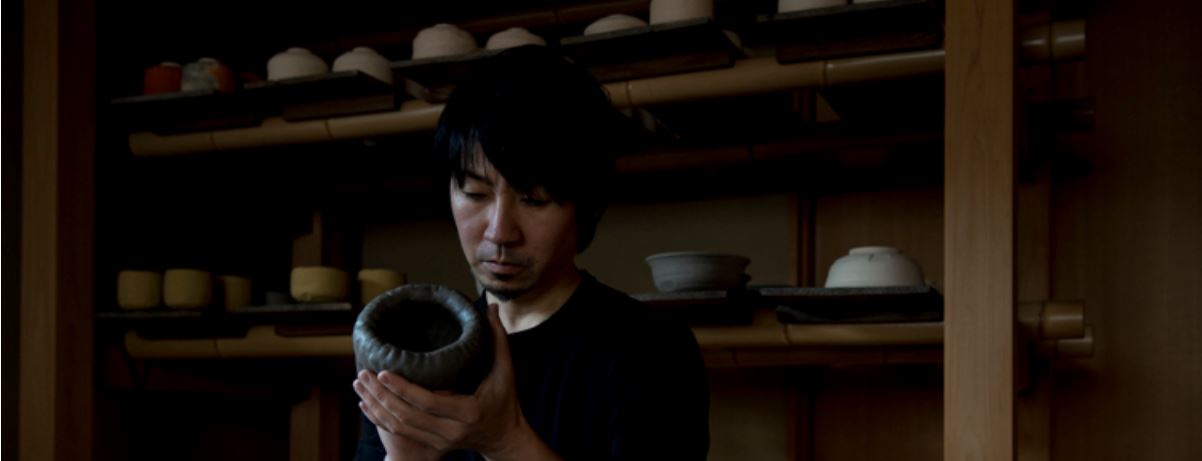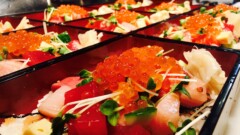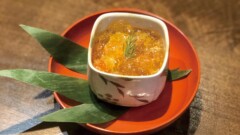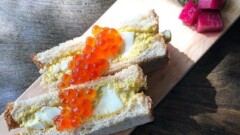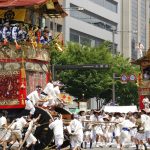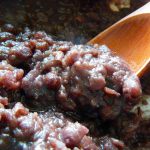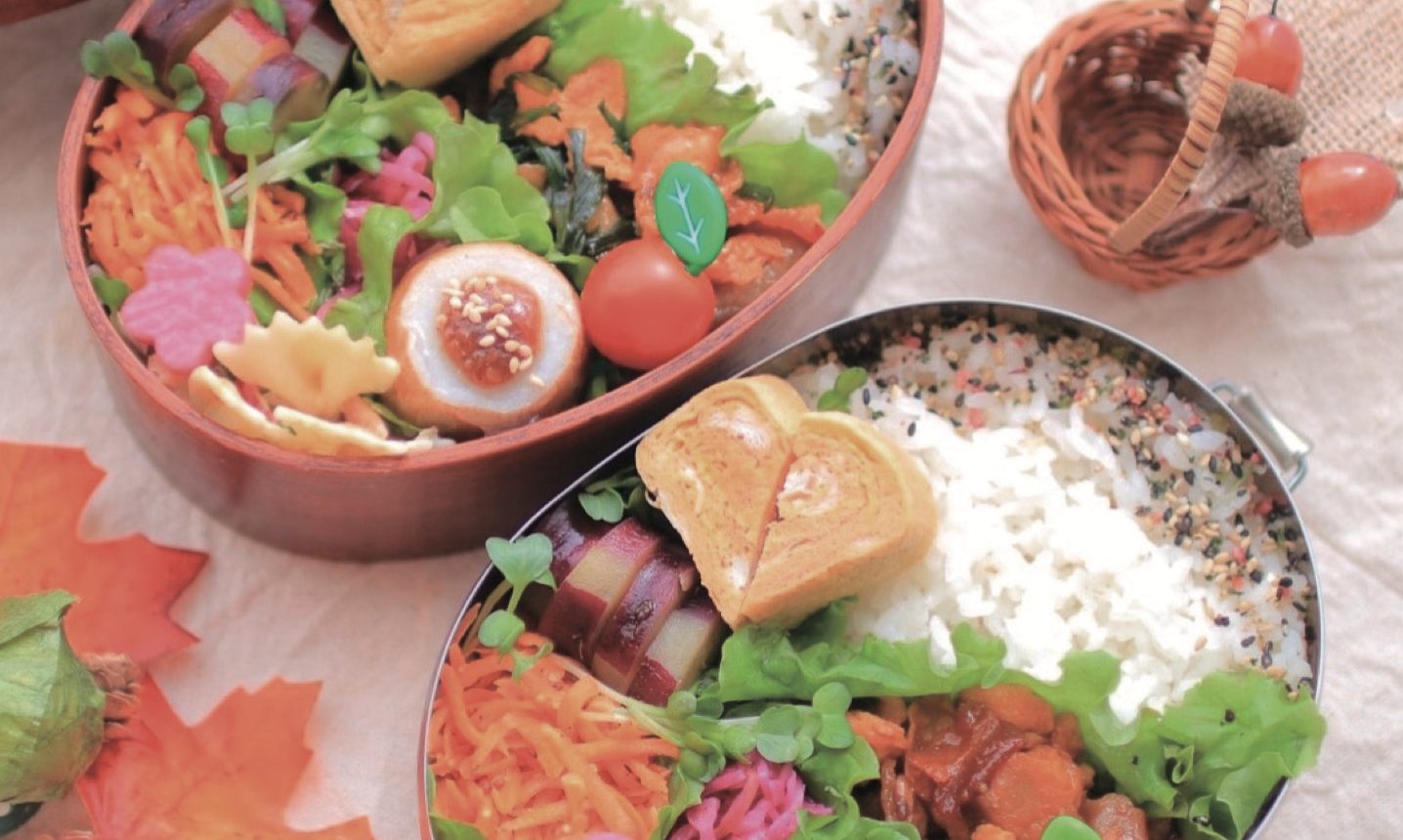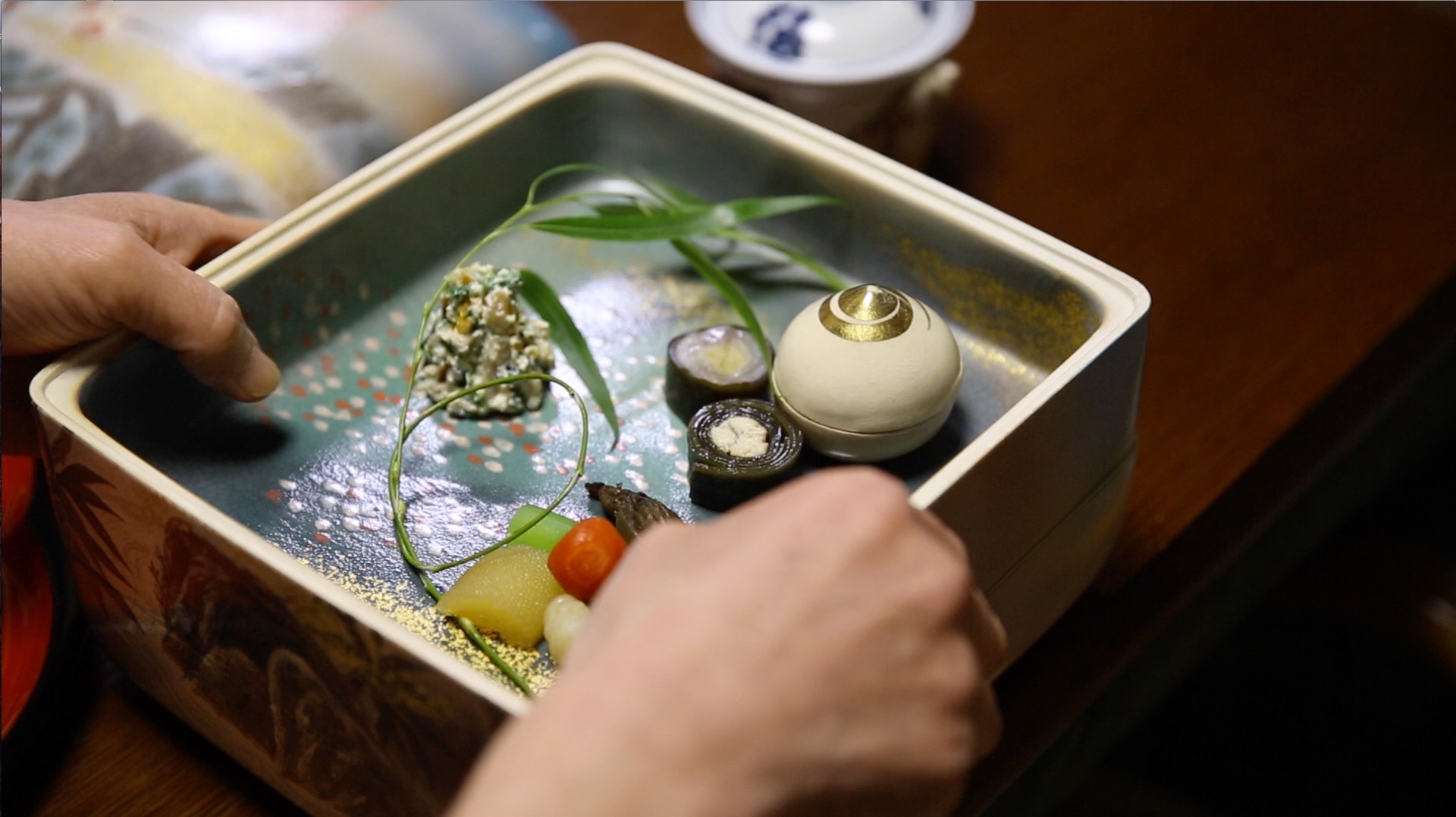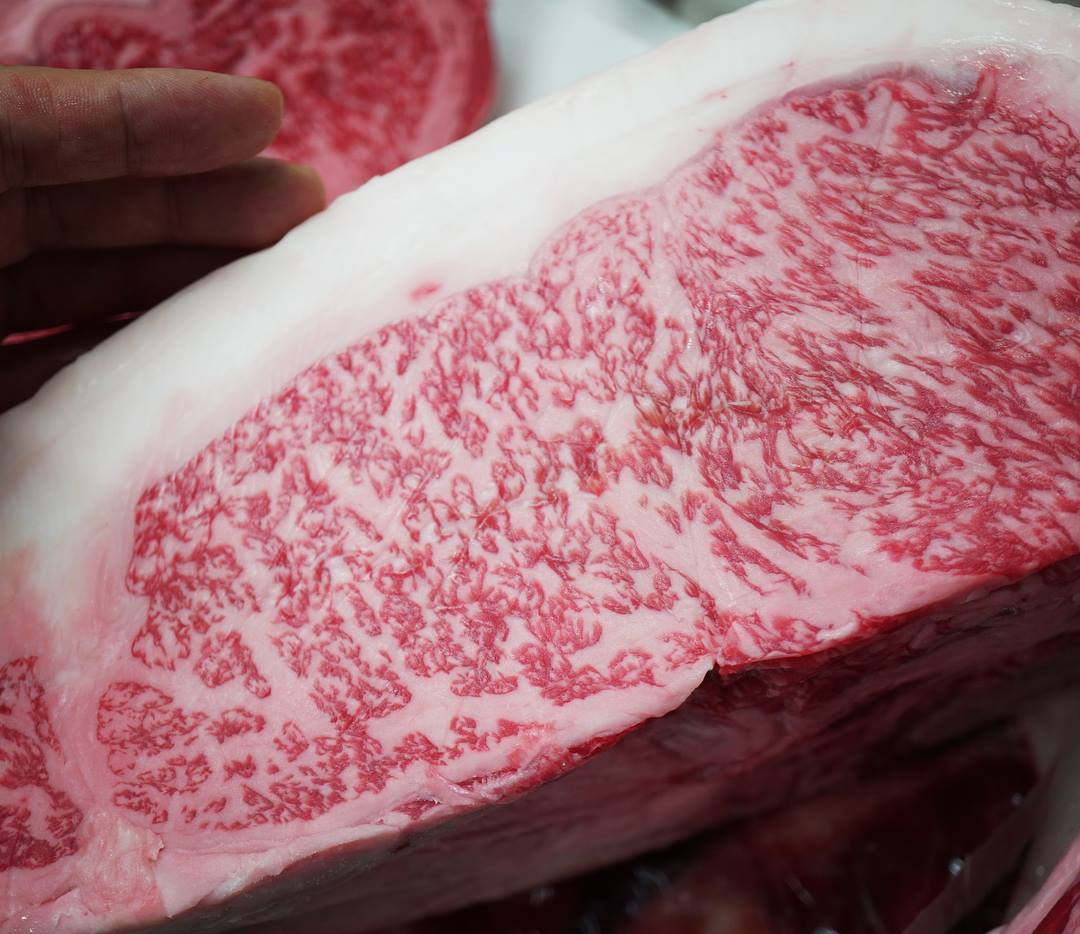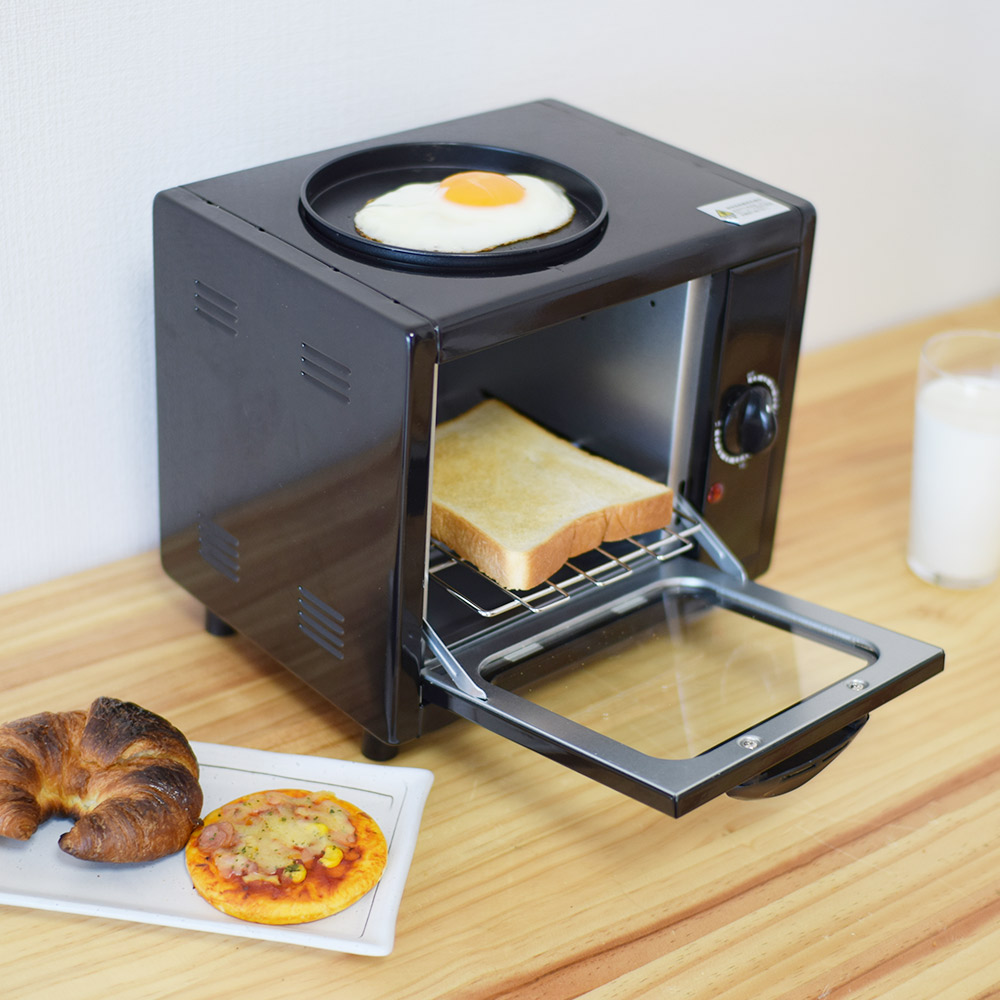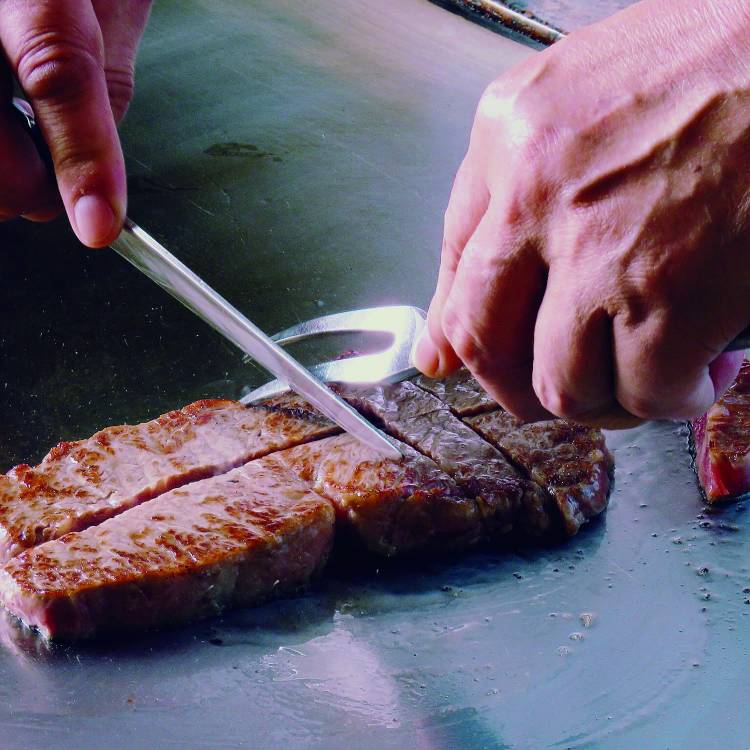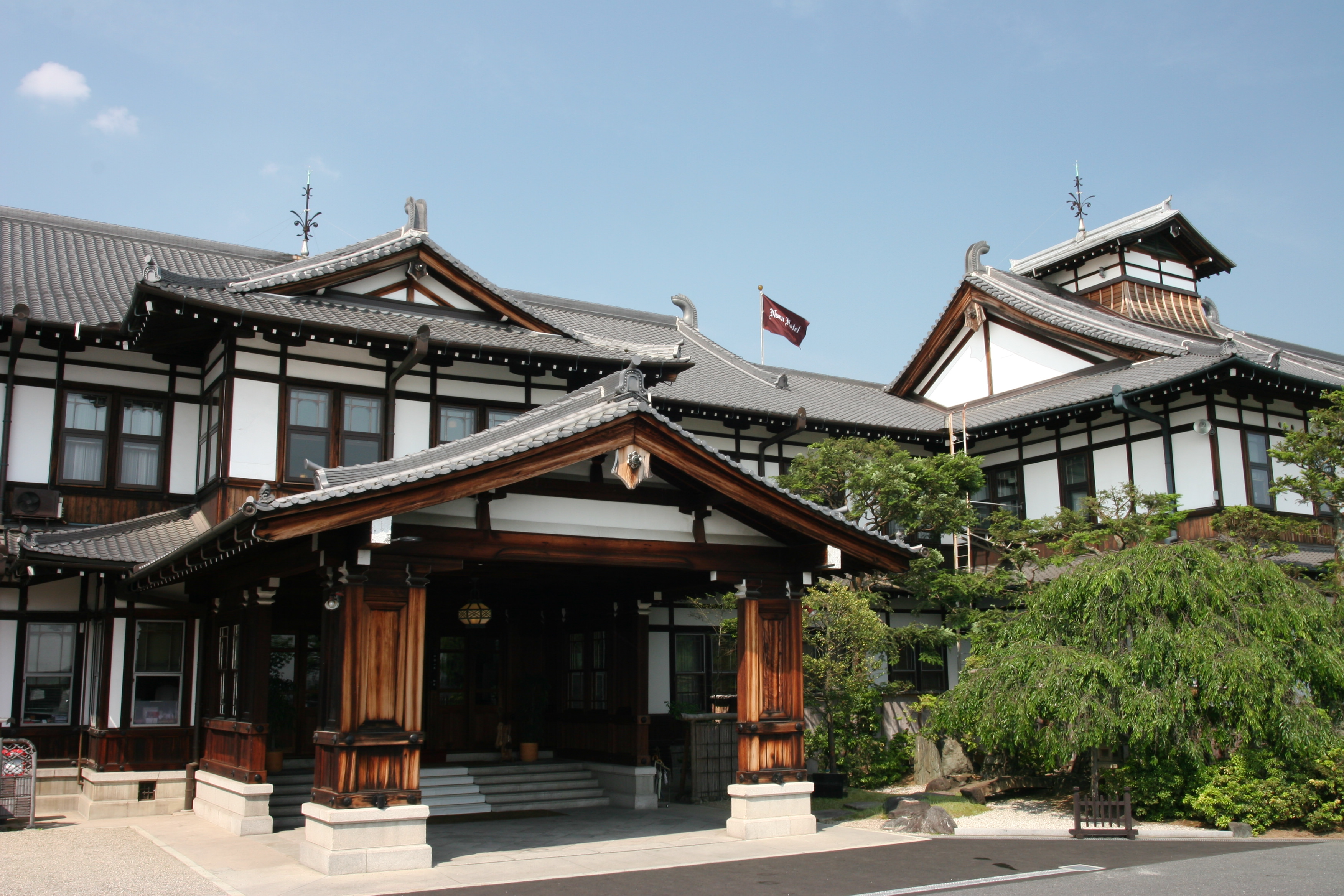THE PORTLAND JAPANESE GARDEN had a fascinating exhibit spring 2018 and early summer about the craftspeople of Japan entitled “Shokunin: Five Kyoto Artisans Look to the Future.” The term “shokunin” translates to “artisan” or “craftsperson,” but the nuances are a little different. Being a shokunin is a way of life. As the Portland Japanese Garden put it on its website:
“A shokunin who works in the 21st century is an artisan whose work shows respect for the traditions of fine craftsmanship that have been handed down for generations—the handmade tools, the time-honored techniques, the finest natural materials, and the patience and indomitable spirit needed to carry on a painstaking craft. Just as important is the understanding that the work of each Japanese artisan is an expression not only of an individual artisan, but a collaborative effort among the many who work to complete a single process. From the lumberjack, to the wood-turner, to the artisan who applies the final exquisite layer of lacquer—the work of the shokunin is the work of an entire community of fine craftsmen and women, each of whom plays a critical role in the creation of a finished vessel.”
During a recent visit to Kyoto, Origami visited the studio of one of the shokunin featured in the show, Hirotsugu Ogawa, to discuss his approach to pottery.
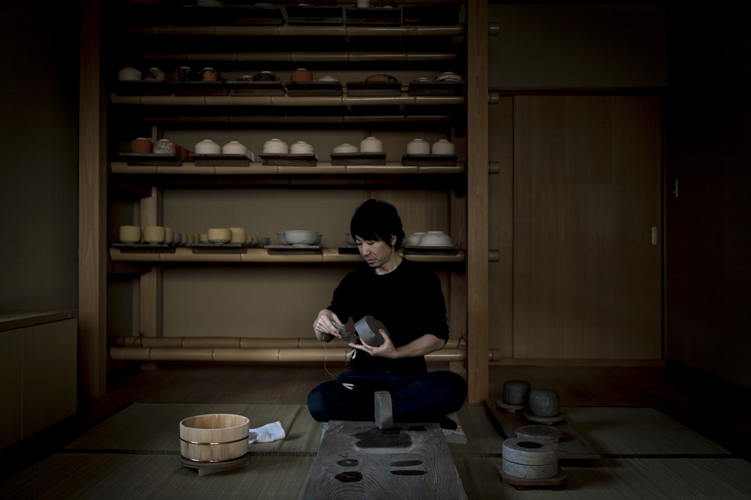
Upon arrival, Ogawa served us a delicious combination of tea and sweets. After we finished our snack, he began to talk to us about what it means to be a shokunin. He said that while Japanese people are familiar with the term “shokunin,” few can properly define it. While most might think of shokunin as people with technical skill in some sort of handcraft, he argues that a true shokunin is tapping into the more than 1,000 years of accumulated knowledge of a craft, and then adding to that body of knowledge.
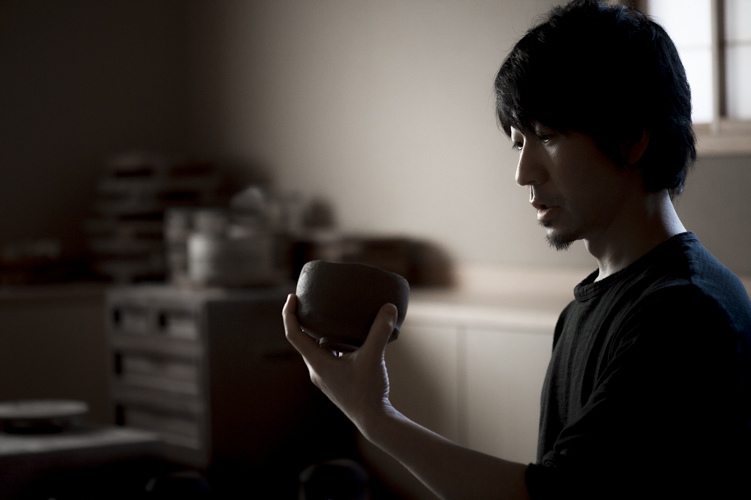
Ogawa specializes in Raku ware pottery. This style of pottery dates back to the dawn of the tea ceremony in the 16th century. With few exceptions, the lineage of Raku shokunin has been uninterrupted over the centuries. It does not employ a potter’s wheel. Instead, Raku ware is handformed and fired in a small kiln. All Raku pottery is hand-formed, accenting the individuality of each piece. This taxing method gives the shokunin full control of the process and makes the finished product completely his or hers. Raku ware typically is placed in a low-temperature kiln for an hour or so, then removed to cool rapidly. This rapid cooling creates stress on the ware, which in turn can create interesting effects.
Ogawa said that ceramics is about coming up with a strategy for working in nature and having a conversation with the clay. He emphasized the importance of working with nature, and at some point, giving up and letting go. Once nature takes over and the ware cools, each piece takes on a life of its own.
Finally, Ogawa shared with us how he would like us to view his work. First, he emphasized that his pieces need to be touched. When possible, pick up the ceramic ware and feel its weight and warmth (of course, you typically can’t do this at exhibitions!). Ideally, he wants you to think about what the shokunin was contemplating as he made the piece.
This explains why he took us into the tearoom when we first arrived, and served us tea and sweets. We used his ceramic ware, feeling the weight and warmth and taking in the beauty—a beauty that has been refined for more than 400 years.







